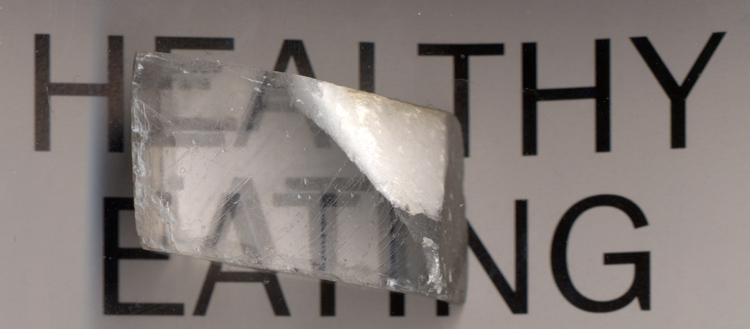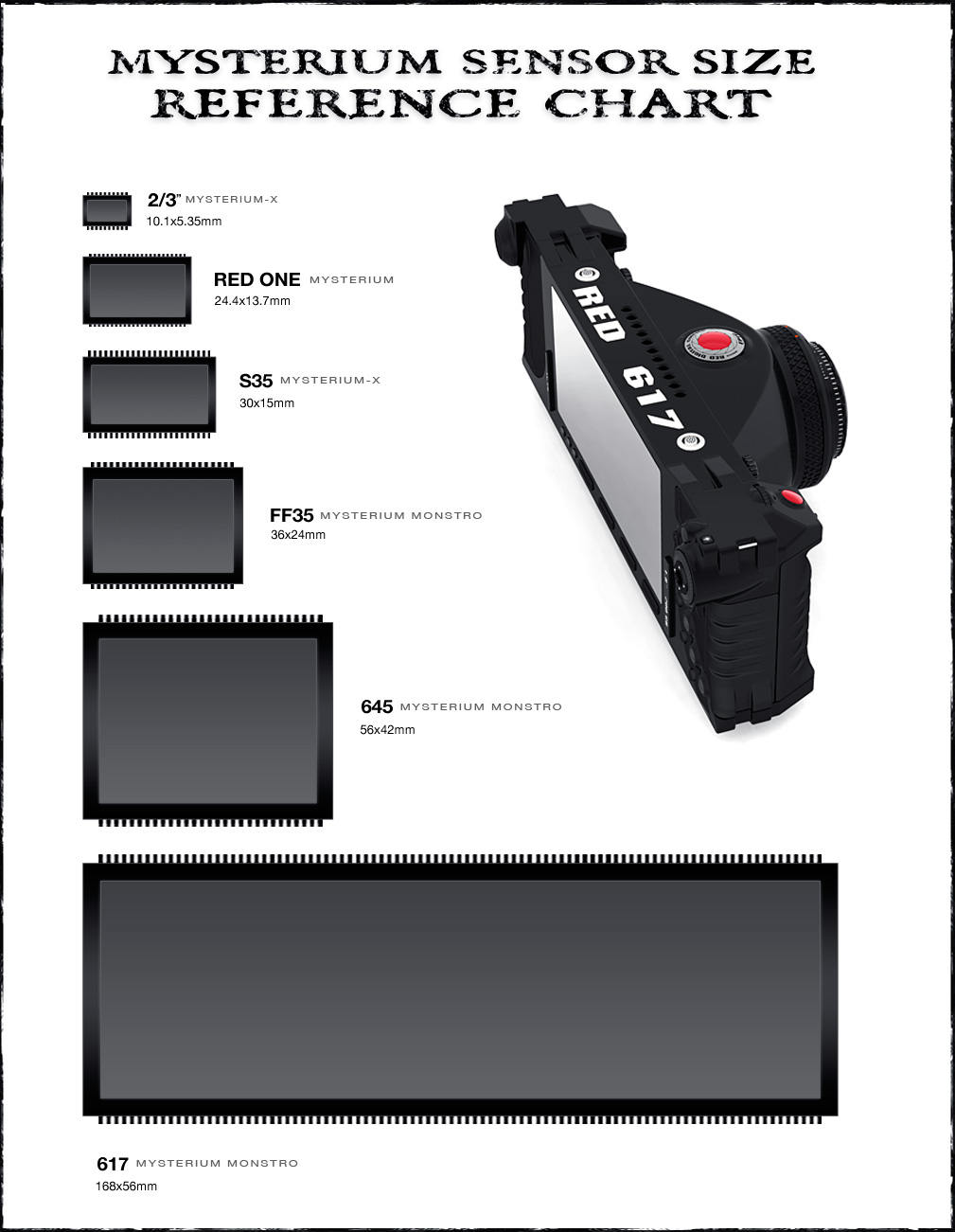 Originally posted by Digitalis
Originally posted by Digitalis 
I was under the impression AA filters were made of two superimposed layers of birefringent material, typically Lithium Niobate or Magnesium Flouride - the birefringence was used to introduce a slight blurring of the image.
That's correct but you seem to ignore what "
birefringent" means: beam-splitting.

(calcite, from the wikipedia article)
The so-called "low-pass filter" or "AA filter" in cameras with a Bayer filter array is
no low pass filter. It creates a non-blurry double image and has an infinite frequency response.
The low pass filter is the micro lens array and finite size of a pixel's photo-sensitive area. Characterized by the "fill factor". With fill factors close to 100%, birefringent crystals shift the low pass frequency down.
 Originally posted by D4rknezz
Originally posted by D4rknezz 
I mean, it seems to me (without understanding what nyquist frequency is) that we can predict moire.?
...
would that mean to go closer or to go further away?
You're right, it is deterministic.
(btw, nyquist frequency is just pixels per mm as far as this discussion is concerned; a bit more accurate would be 0.5 cycles per pixel = 1 line pair per pixel pair (*)).
But your approach is too complicated. Nobody computes such things in practice. You need a proper understanding to guide your intuition, that's it.
E.g., when I said, change the distance, I meant it. Nobody cares if it is closer or farer away. Just change something to change the pattern magnification (read: frequency). You could also change the zoom a bit.
One problem is you don't see it in LV (LV uses a different sampling frequency), you have to zoom into the final image to check for it.
___
(*) if you want to compute it ... 1 line pair per pixel pair with the D800 is 1 line pair 10µm / Magnification (M). If you shoot a half portrait of 1 m height, M is 36mm/1000mm=0.036. So, a fabric with thread distance of 0.28mm could become a problem. That's an extremely fine texture though, almost invisible to the naked eye. E.g., silk satin has such a fine structure and most people would think it is flat. This is why most moiré patterns emerge when nobody expects them ... Go closer and the threads are resolved with no artefact. Go farer and the silk becomes flat. Note that in the silk example, moiré would be mild, because the silk threads all have the same color. A bigger problem are alternating color patterns, like stockings or patterned fabrics. But you have to be a lot farer away to hit the Nyquist frequency then.
Last edited by falconeye; 04-02-2012 at 04:04 AM.


 Similar Threads
Similar Threads 
















 Post #76 by falconeye
Post #76 by falconeye








